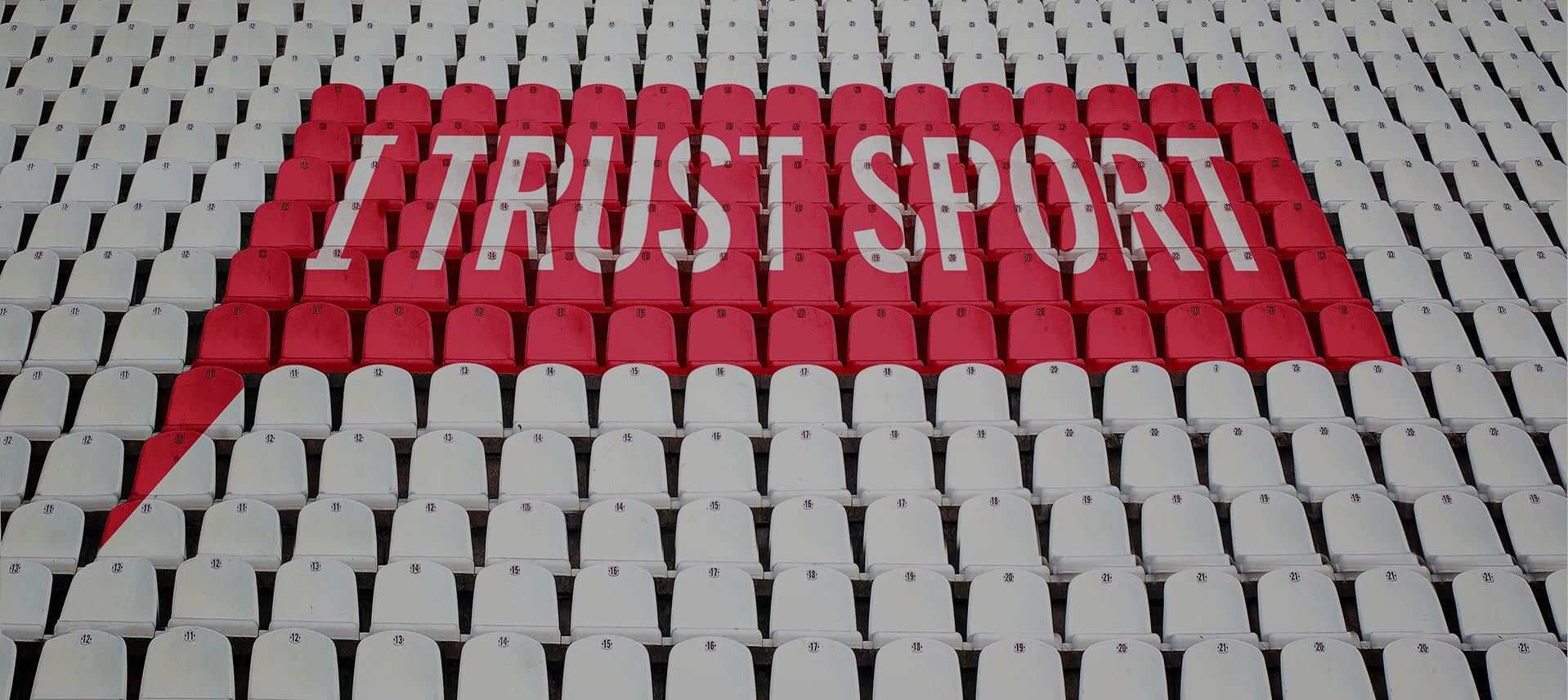This article on the end of the era of the sporting "emperors" was jointly written by I Trust Sport and Impact on Integrity, an international compliance firm based in Madrid. It was first published by inCOMPLIANCE, the official publication of the International Compliance Association.
Farewell to the "emperors"?
The age of the sporting “emperors”, a generation who have led sports bodies since the 1970s, particularly Olympic sports, looks to be coming to a close.
At what may be the end of an era, it is worth considering the characteristics and consequences of a style of leadership which Brian Cookson, president of the Union Cycliste Internationale (UCI), memorably called the “emperor model”. The indications are that a combination of changing times and specific compliance and governance measures have helped facilitate the transformation to more modern styles of management. Whether or not these factors are sufficient to protect against a new generation of emperors remains to be seen.
Features of the emperor model
The defining characteristic of the emperor model is that the leader stays on for a long time, often re-elected on multiple occasions without opposition (in the case of positions which are elected). The support of a small band of long-serving, loyal allies is both a pre-condition and a natural outcome of the leader’s longevity.
A number of the most prominent “emperors” were at the helm of their organisation while it went through a period of dramatic commercial development from the 1980s or 1990s onwards, which makes their record hard to challenge internally. Having driven substantial growth - critics might gently suggest that they rode a wave, along with other sports bodies which became rich on TV deals at the same time - they are convinced of their own genius and see little need for reform as the years pass.
Independence of thought, and calls for significant change, tend be discouraged. The leader prefers to appeal for “unity”, code for backing the position of the board, which is ultimately the view of the emperor himself.
Regrettably, the path of any much younger individual who shows genuine promise may be obstructed. In the emperor model, the board and senior committees generally rubber-stamp, facilitate and legitimise the leader’s decisions. Open votes are relatively rare. If they do take place, “unanimous” and “by acclamation” are the desired outcomes.
Now and again, the leader may grant a show of hands on a certain topic, safe in the knowledge that many will be unwilling to express public dissent, while others can usefully be identified as disloyal and subsequently side-lined or tactically co-opted.
In many cases, the emperor himself (there are few female examples as this is predominantly a male phenomenon) is claimed to be integral and indispensable to the organisation – it is hard to imagine how it would continue in their absence. The implication is that there is little delegation of decision-making and that the flow of information is restricted to such an extent that nobody else really has a grip on the details. A lack of process and systems may actually protect the leader because so much of the essential information is to be found “in their head”.
Another characteristic is that the organisation concerned frequently has a significant “blind spot” in a specific, relevant field. The gap may arise because the topic – social media marketing, for instance – is not of interest to the emperor himself and he is unwilling to invest in the necessary resource or to delegate authority.
This, then is the emperor model of governance. In defence of their leadership style, beyond pointing to commercial success, emperors sometimes cite the need to provide a clear vision or to manage unwieldy governance structures. Even if there is initial validity in some of these arguments, they do not stand up to scrutiny after years of autocratic control.
Few in the compliance world would deem a management style of this type advisable or even acceptable: in addition to a lack of accountability to members and stakeholders, there are insufficient checks on the powers of the leader. A culture of low transparency is often at the heart of non-compliance cases within corporates and financial institutions. However, the emperor model has been widespread in sport for a long time. What has caused its demise? Perhaps more importantly, is there sufficient protection against a new wave of emperors? And are the risks of this type of leadership fully understood in the world of sport?
Protections against the emperor model
Several factors have combined to weaken the structures and systems which emperors historically relied upon.
Perhaps the most significant shift has been in societal expectations. International sport has suffered from a loss of trust in the same way as other sectors, at least partially connected to high profile sports governance scandals uncovered by investigative journalists. The resulting crises have given extra impetus to reform movements both within sports bodies and among major stakeholders (e.g. governments and sponsors), which have then applied pressure.
As the sports sector is less regulated than the business or charity sectors, especially at international level, reformers have often focused their attention on changing internal rules. In fact, candidates for election to International Federations nowadays very often propose specific “good governance” measures, presumably believing that such commitments are electorally valuable.
One important innovation is the adoption of term limits, preventing emperors from seeking re-election multiple times. According to the Sports Governance Observer study published in October 2015, 11 out of the 35 International Federations in Olympic sports had some type of limit in place. In February FIFA joined them, approving a limit of three terms of four years for elected officials. At the time of writing the UCI has just introduced a similar term limit. No doubt others will follow, although there are still cases of sports organisation leaders seeking to manipulate rules to remain in power.
Changing expectations have also resulted in modest improvements in transparency among international sports bodies, such as fuller disclosure of development grants and a trend towards publication of audited accounts.
Of course, regulation has played a role in weakening the position of sporting emperors. In a couple of high profile cases where criminal activity has been suspected, law enforcement agencies have taken action, resulting in arrests and prosecutions. It is also possible that the extraterritorial reach of the Foreign Corrupt Practices Act in the US and the Bribery Act in the UK have acted as a deterrent to certain types of questionable behaviour.
The Swiss parliament has reacted to sports governance controversies too, voting in December 2014 to designate leaders of global sports organisations and other top sport officials based in Switzerland as “Politically Exposed Persons”, subject to increased scrutiny.
A number of countries in Europe and the Anglo-Saxon world have introduced governance frameworks for domestic sport in the last decade which set standards for national federations in receipt of public funding. Typical measures include requirements for democratic accountability, conflict of interest rules and ethics codes. While having control over funding provides real leverage, we need time to check the effectiveness of such governance frameworks.
More safeguards needed
The emperor model of governance in sports federations is certainly fading but it has not yet disappeared and could re-emerge in a different form, such as in the leadership of wealthy professional leagues. A few additional safeguards could help prevent its return.
One method of limiting the powers of a single individual is via a separation of responsibilities between the chair and chief executive, as required in the UK Corporate Governance Code and elsewhere. Such a rule would represent a significant shift in international sport, where presidents usually have executive authority.
Those who still yearn for an emperor figure could cite the counter example of listed companies in the US, where the separation of roles is not required. The big professional US sports similarly are each overseen by a single commissioner with considerable powers, although that is via intentional design rather than opportunist exploitation of governance structures.
Arguably, one of the biggest challenges facing the sports sector is the management of conflicts of interest. The basic principles are clear – those with potential conflicts should declare them and be omitted from discussion on relevant decisions – but the detail can be complicated. Wider introduction of independent, non-executive directors in international sport is one innovation which could help tackle the issue of conflicts of interest and start to bring this compliance issue into line with best practices in the corporate world.
Conclusion
Increased media interest and public concern about sports governance may have been the most significant factors in the decline of the sporting emperors to date. Compliance and governance standards have played a useful role and should continue to be strengthened. Enhanced transparency in particular is vital for providing the information necessary to scrutinise leaders.
Over 100 years ago, the American lawyer Louis Brandeis made his famous statement that "Sunlight is said to be the best of disinfectants". The evidence suggests that it remains valid today: sporting emperors prefer to keep much of their business in the shadows.
Rowland Jack is the founder of sports governance consultancy I Trust Sport.
Murray Grainger is Managing Director of Impact on Integrity España, an international compliance firm based in Madrid.


